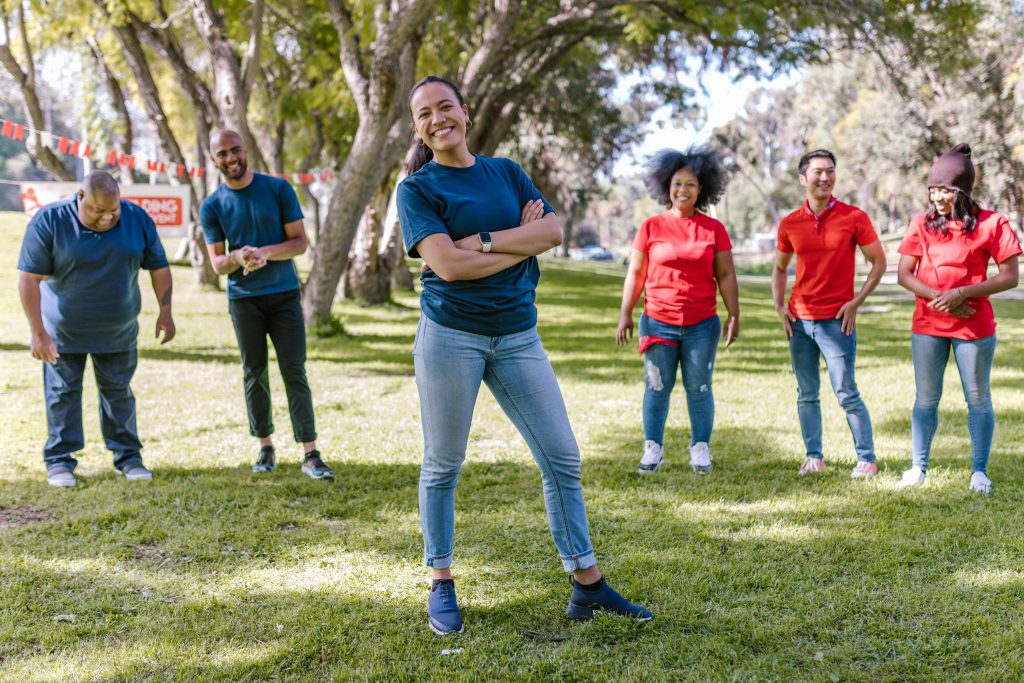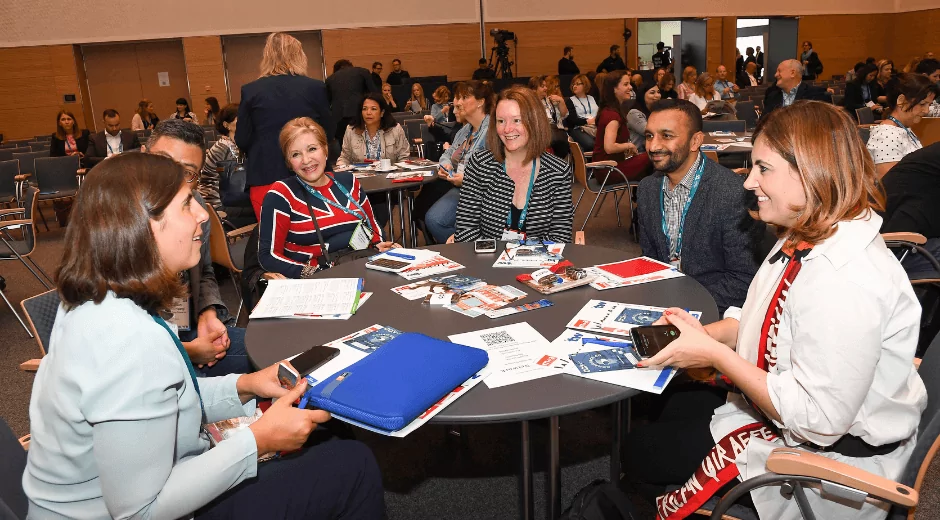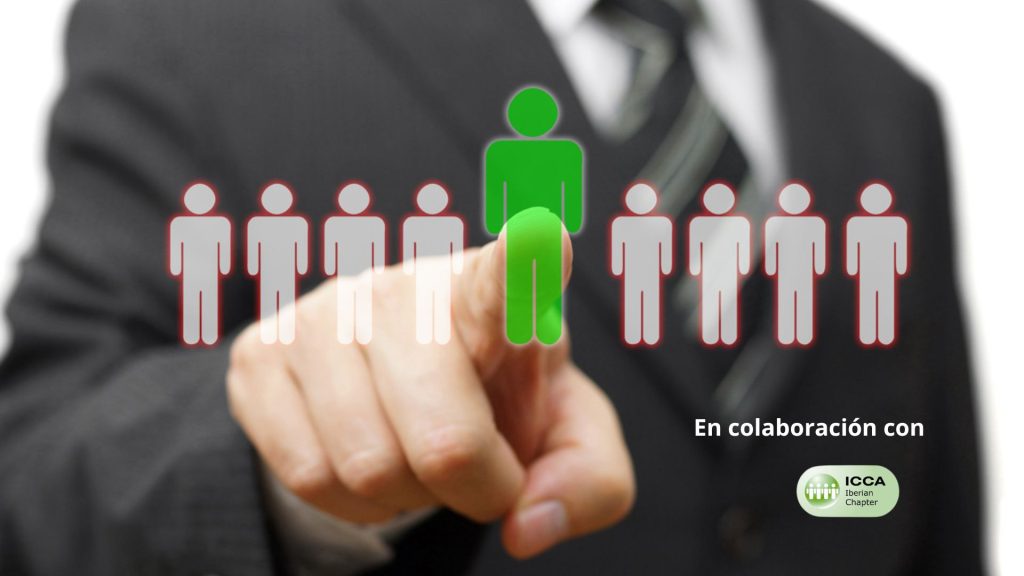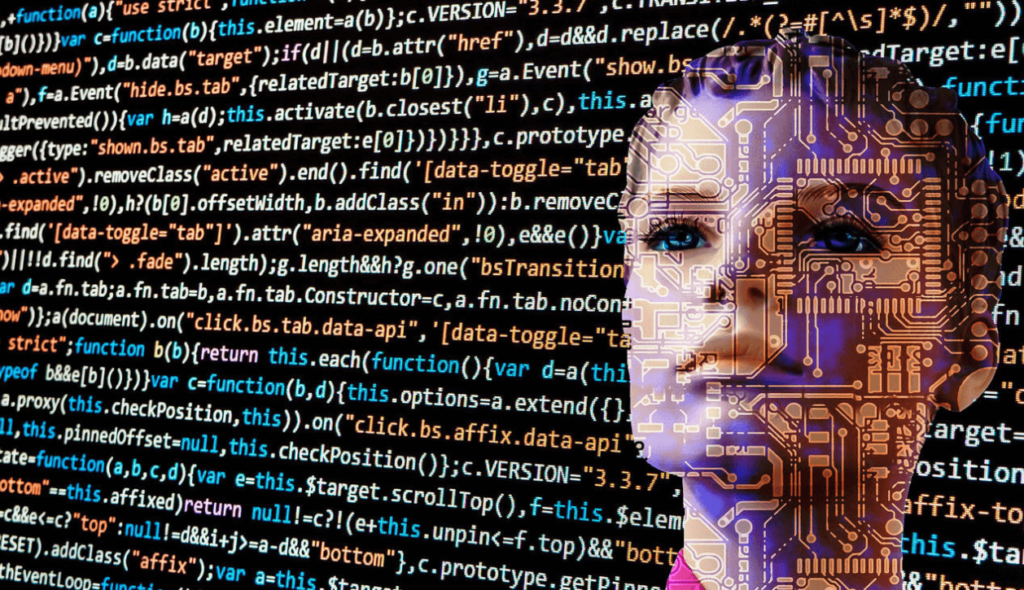Sebastien Jouhans (Jack Morton), gives us an overview of some key tech innovations
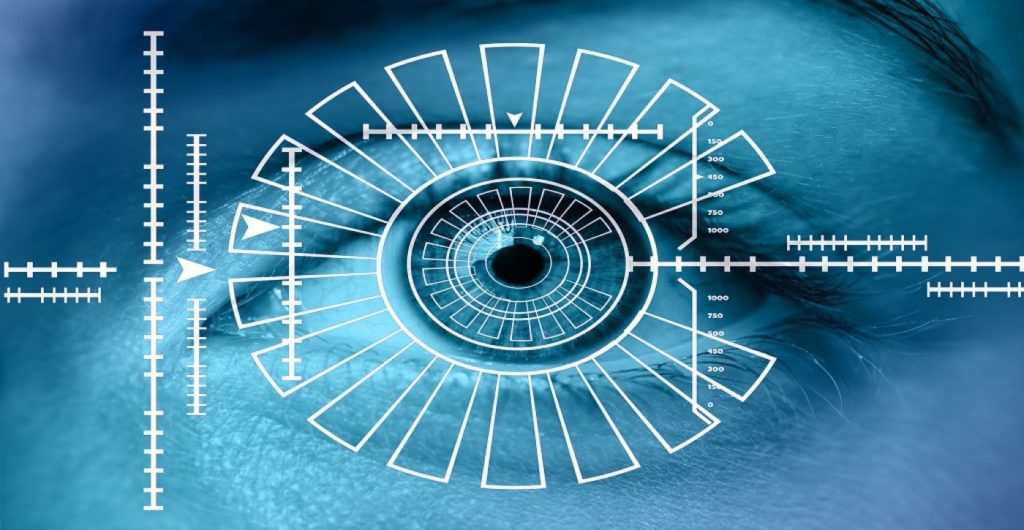
Share news
Listen
VR
VR has been around for a while but is still very misunderstood in terms of its ability to tell a story which is not gimmicky and which goes beyond the thrill of putting on glasses and experiencing something fun. There needs to be thorough work around how the experience meets the communication objective.
But VR is getting technically very good. An example is the VOID, which shows another dimension to VR. It is an augmented VR experience, where participants get to experience how VR can interact with the real world. For example, when you see a wall in the virtual world, you can feel the wall in the real world. Or when you see lava, you can feel the heat. Creating multi-sensory experiences that play not only with your sight but with all your senses is something very valuable in order to create memorable experiences.
Something which will have a major impact on the effectiveness of multi-sensory experiences is 5G: It will enable vast amount of data to travel at very high speed with close to no latency. So instead of rendering graphics locally, VR systems will be able to harness online power server infrastructures to render graphics and stream content back down to VR headsets. And all of this will be done in real time. It will also mean the cost of running VR installations will be far cheaper and the local infrastructure will be slimmer since the hardware would only send its position to the cloud and then stream down graphics. It will also facilitate running connected VR experiences which could happen at the same time but in different locations. One illustration of this is: at MWC we helped Ericsson set up a demonstration in which part of a music band was playing on the Ericsson stand and the other part of the band on the Vodafone stand, and the music and images were absolutely synchronised, with extremely low latency.
AR
AR has some great uses in the event space. For example, when you are at an event, it can be overwhelming to find your way around. We are currently working with a startup to investigate using AR to navigate space captured via the camera on your mobile phone.
We are also exploring how we can use AR in treasure hunts, where participants need to look for specific triggers, such as an image or a marker and scan them, so the information of the next phase of the game comes up. This sort of initiative could help event organisers encourage visitors to explore places they might not otherwise go.
MR
It is still quite early with MR. There are some technologies like Hololens and Magic Leap but they are very targeted towards B2B, so we have not really seen many interesting breakthroughs as yet in the landscape of consumer events. They are also very pricey still…
Bots
Making good bots is hard and requires the training of an NLP agent extensively, so it captures all the questions a visitor may potentially ask. However, having the best bot in the world is not enough. For it to be effective, people need to know it exists and they need to know how to access it. Bots require an ecosystem that is not fully there yet. Their chances of being effective can be increased if they are integrated into an event app, but I don’t think messenger bot is the way to go for events since the level of data required to train the NLP agent to be effective in this domain is prohibitive.
Blockchain
Blockchain is a registry of information (like a database or a ledger) which is immutable. So if blockchain was used in an event in order to register visitors we could be certain that this number would be accurate. No one would be able to mess with the data. It will be a useful tool for audit. Can you use it to accumulate information about attendees? Precisely since information cannot be erased, GDPR will mean a clear limit to how much information you can gather with blockchain: you cannot enter personal data since people have a right to get their personal data erased.
It will however also be useful for ticketing and for purchases within events, to avoid fraud or resale.
Biometrics
Biometrics is very real today and very promising in events in terms of helping us develop how we measure events. Proving ROI is not anymore about footfall or the number of attendees, but is getting more in depth: what did people think, did they enjoy the activation, how long did they stay, did they see everything? Biometrics offer good solutions. Movement within a space is another important element to measure, which you can combine with biometrics (facial expressions, gender, age group etc). If you think of a trade show with many companies, you can show how many attendees walked in that area next to someone’s stand, and measure their emotions. You could, for example, charge more for the areas which are getting the highest footfall or give a discount to marketers that attract the biggest crowd. Another possible application is to pay speakers depending of the satisfaction or engagement of attendees.
Cameras or wristbands? Measurement should not be intrusive, so wristband solutions are not going to fly, cameras will be the main way to measure people’s reactions.
Technology in this area is quite mature but will still improve. It does have some biases, for instance because many models were trained with dataset from the western world, so a higher variety of ethnic data must be included in order to refine the outcomes


